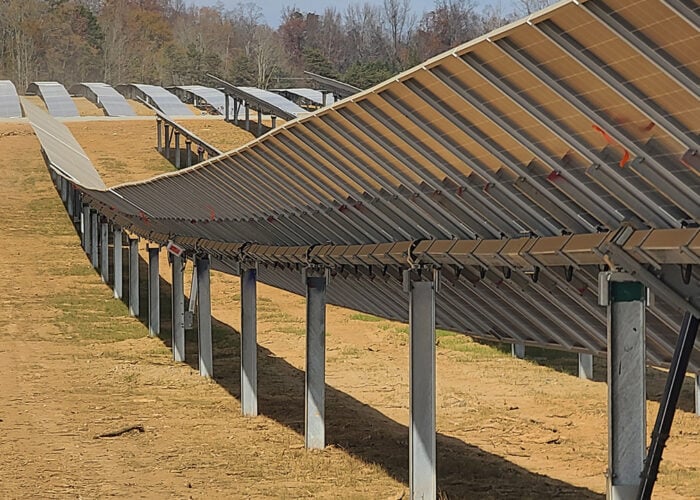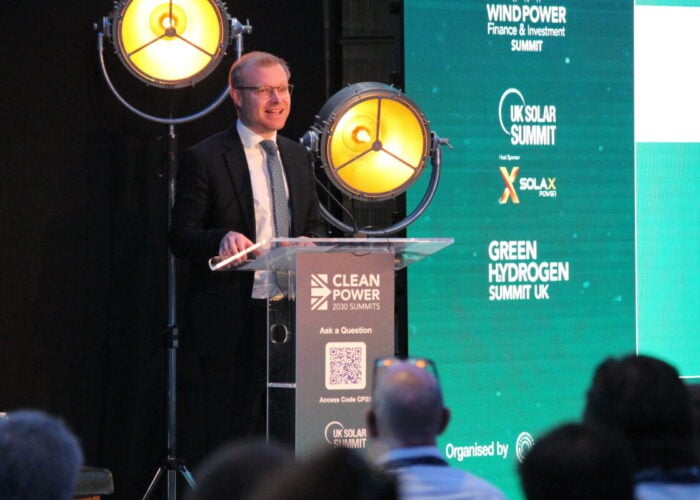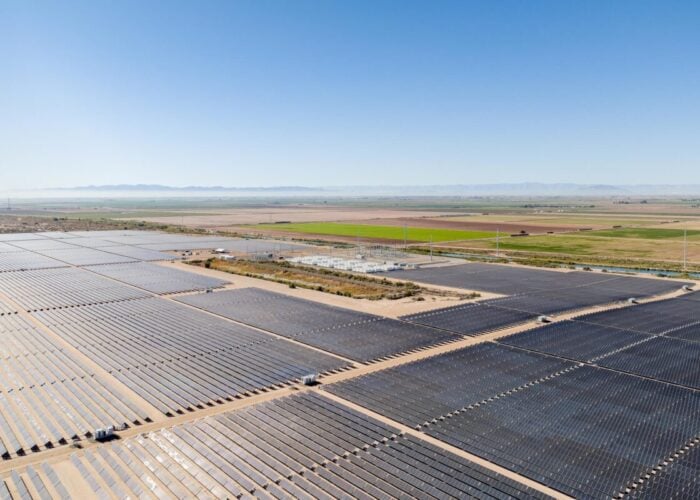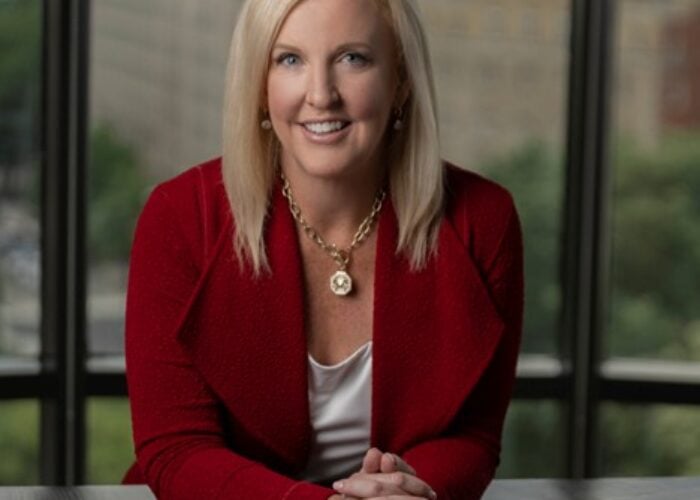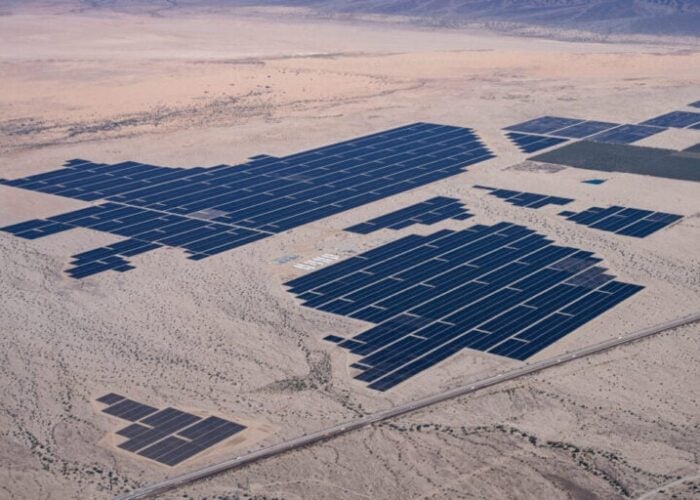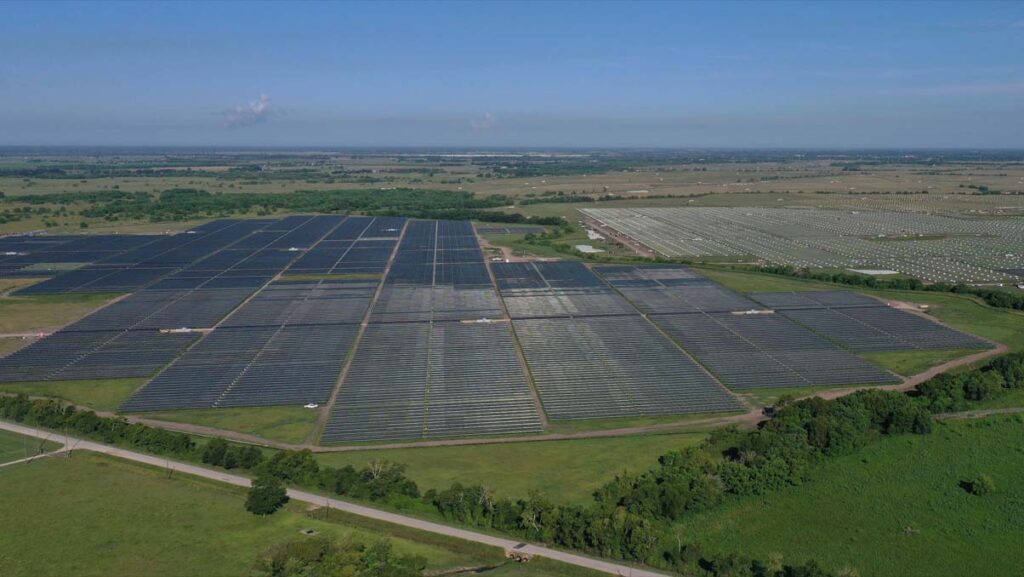
US renewable power insurance firm kWh Analytics has released the sixth edition of its Solar Risk Assessment report, which notes that the increasing frequency with which extreme weather events are affecting solar power projects poses a risk for clean energy financiers.
The report is a collaborative effort, compiled by kWh Analytics, but featuring contributions from a number of companies in the renewable power space, such as PV module tester Kiwa PVEL and Indian solar module manufacturer Waaree, to provide a balanced perspective on the global solar sector.
Unlock unlimited access for 12 whole months of distinctive global analysis
Photovoltaics International is now included.
- Regular insight and analysis of the industry’s biggest developments
- In-depth interviews with the industry’s leading figures
- Unlimited digital access to the PV Tech Power journal catalogue
- Unlimited digital access to the Photovoltaics International journal catalogue
- Access to more than 1,000 technical papers
- Discounts on Solar Media’s portfolio of events, in-person and virtual
Underestimating losses amid data uncertainty
The first article in the report, produced by kWh Analytics itself, notes that mistakes in the solar sector’s modelling processes can underestimate financial losses due to physical damage, such as extreme weather events including hailstorms, by over 300%. This suggests that the industry is struggling to make effective use of data, and accurately forecast how a project’s energy generation, and how this will be affected by physical risks, will change over time.
“I think that was the inherent problem we saw from both solar production accuracy in the past, and also some of this physical risk modelling, is that without data you’re really shooting in the dark,” Jason Kaminsky, kWh Analytics CEO told PV Tech yesterday.
“I’d say the differences between the two is that we saw a pretty consistent trend on the production modelling side that people were underperforming, or rather that the models were overestimating production. I think what we see on the physical modelling side is a little bit more of a spread. You could see up to 3x underestimated and you can also see a lot of areas where it overestimates.”
Kaminsky went on to note that “without data, underwriting reverts to the mean,” suggesting that insurers tend to take a more balanced approach to finance if data is not available. However, this can lead to significant losses in the solar sector, where the relative novelty of the technology, and the fact that solar projects are more vulnerable to extreme weather events than other renewable technologies, as means-based underwriting struggles to account for these extreme events.
Earlier this year, Kaminsky told PV Tech Premium that “you can’t just look at a solar asset like any other piece of infrastructure,” for these reasons, and told PV Tech this week that this further emphasises the importance of collecting quality data in the solar sector.
“In our industry, it’s just so hard to work with [data],” said Kaminsky. “The availability of the data is challenging, and then once you get access to it, it’s in all different shapes and forms and units and PDFs; it’s really challenging not only to get access to the data, but then also put it in a way that is able to be used by the model, which is where obviously we specialise.”
More loss events and more extreme weather
The need to collect more accurate data is particularly significant, as the kWh Analytics report notes that the number of extreme events affecting solar projects has increased dramatically in recent years. A piece in the report, authored by fellow insurer Alliant Insurance Services, notes that, between 2020 and 2022, the US experienced 22 “billion-dollar weather events,” where extreme weather caused insurance losses of over one billion dollars across the economy.
This figure increased to 28 such events in 2023, a figure that almost matches the 28.8 such events experienced between 1980 and 2019, a clear indication that extreme weather is becoming increasingly common in the US. Earlier this year, significant hail damage at the Fighting Jays solar project in Texas renewed questions about the impacts of extreme weather on solar projects, and Kaminsky called this trend “alarming.”
“The number of billion-dollar loss events are quantifiably increasing in a way that I would say, as a global citizen, is alarming,” Kaminsky told PV Tech. “It’s inherent [to solar power], and I would say one of the hats that I’ll say I personally wear, but we as a company wear, is straddling this world between different forms of capital: equity capital, which may be a long term loan, or maybe not; debt, which is at least a mid-term exposure to the cash flows; and insurance, which is a one year cycle, so every year you’re buying insurance again.”
“It makes the developers’ and the equity investors’ lives a little bit more complicated because they’re making these long data decisions and you can’t have your assets that are going to be destroyed every five years,” Kaminsky continued. “It’s just not an economically viable outcome”.
Lessons for the storage sector
For the first time, the report also discusses challenges and opportunities for the global energy storage industry. Kaminsky described storage as a “very powerful enabling technology,” and noted that the ability of storage to reduce the pressure on less developed grid infrastructure has contributed to its growth around the world.
“You also see [storage in] I’d say areas where the infrastructure is just less developed,” said Kaminsky. “The analogy that I remember hearing years and years ago, is almost like cell phones versus landlines; you can use storage as a way to create micro grids in communities where the energy infrastructure connections to other communities is not as resilient.”
“I think that the use cases in those regions might be different, but the general theme is the same, that storage is a very powerful enabling technology, and still early in the cost curve.”
An article from fire suppression contractor SEVO IFP notes that 26% of energy storage systems face challenges pertaining to fire detection and fire suppression, well-known and much-commented-upon challenges in the storage space. However, Kaminsky argued that lessons learned in the global solar sector, particularly pertaining to the establishment and standardisation of technology, could help accelerate progress in the storage sector, which is to follow in its wake.
I think the industry, over the last two years, has learned a lot about both how to design the battery units themselves, as well as how to instal them in a way that the risk of propagation is reduced,” said Kaminsky. “I think we’re trending in the right way as far as, ‘so what do you do when there is a fire?’”
“New York has put a big regulatory framework around safety, more with a safety lens, honestly, [and] I think we’re going to see, in a couple of years, that it becomes much less common for there to be massive losses in this space versus if I look backward for years.”
Global challenges and solutions
While kWh Analytics is headquartered in the US, Kaminsky was keen to stress that both the latest issue of the Solar Risk Assessment report, and the issues it aims to tackle, are not exclusive to the US market. He noted that insurance is an inherently international, as it brings together many decision-makers from around the world, and drew attention to the fact that the latest issue of the report includes an overseas contributor for the first time.
“Lloyd’s of London [is] our first international contributor, because what we’ve heard in the past is that this whole risk assessment is used as part of academic coursework and it’s used for training classes and we hear a lot from international readers that have said, ‘this has made an impact in our market, even though that hasn’t specifically been the lens,’” said Kaminsky.
“This year, we tried to be a little bit more intentional about that, and hope that that’s a trend that will continue, bringing in a little bit more of an international perspective since at the end of the day, the equipment is generally similar in most geographies and most regions of the world.”
This newfound international focus is present elsewhere in the report, such as Clean Power Research’s piece on the impact of soiling – the gathering of dirt and dust on solar panels – focusing on regional differences in soiling losses around solar projects in the Mediterranean. Kaminsky hopes that the technological similarities of solar projects around the world, and the fact that their financing has an inherently international scope, will mean future editions of the report are similarly global in remit.
“This isn’t a kWh report; I’ll call it an industry report with kWh as a contributor, and many, many others, with really the intent of pulling together a lot of varied perspectives and a lot of varied topics that are relevant certainly for us in our business, but also everything is for a lot of other people’s businesses,” said Kaminsky.
This collaborative approach echoes sentiments made by the Global Solar Council this week, which launched new initiatives to bring together a wide range of decision-makers in the solar sector, and Kaminsky suggested that this approach could lead to incremental, but significant change, in the solar sector.
“[In solar,] rarely do we have step change innovation, but we have a lot of incremental changes that all add up,” he said.

